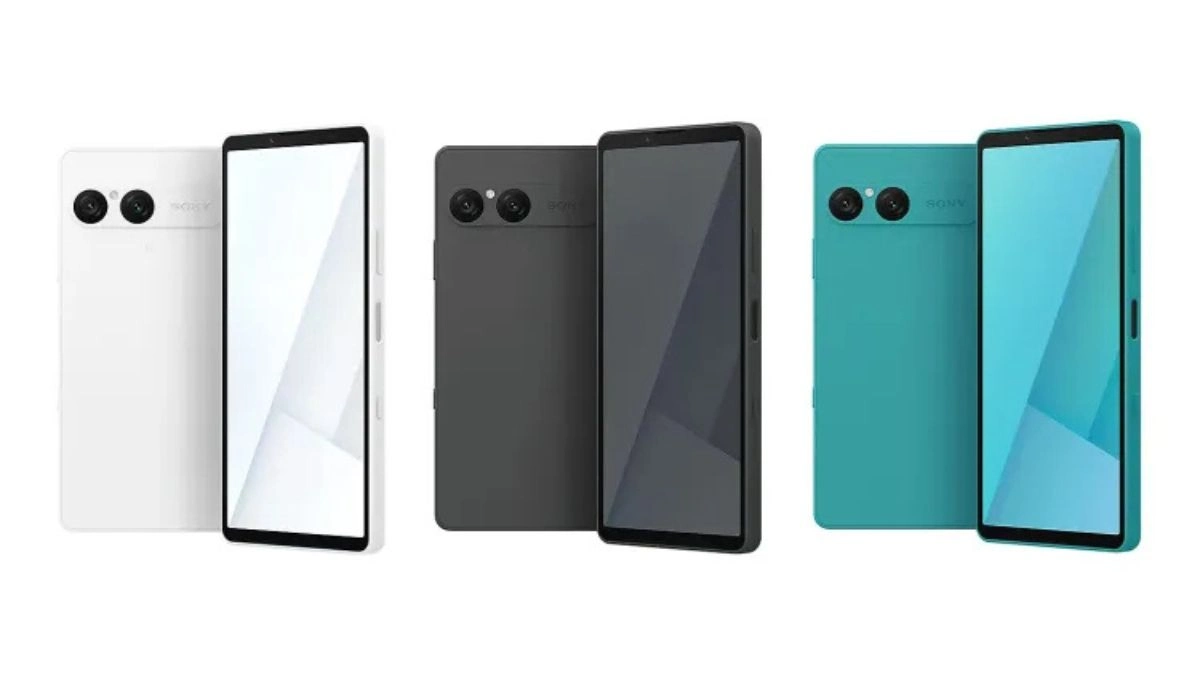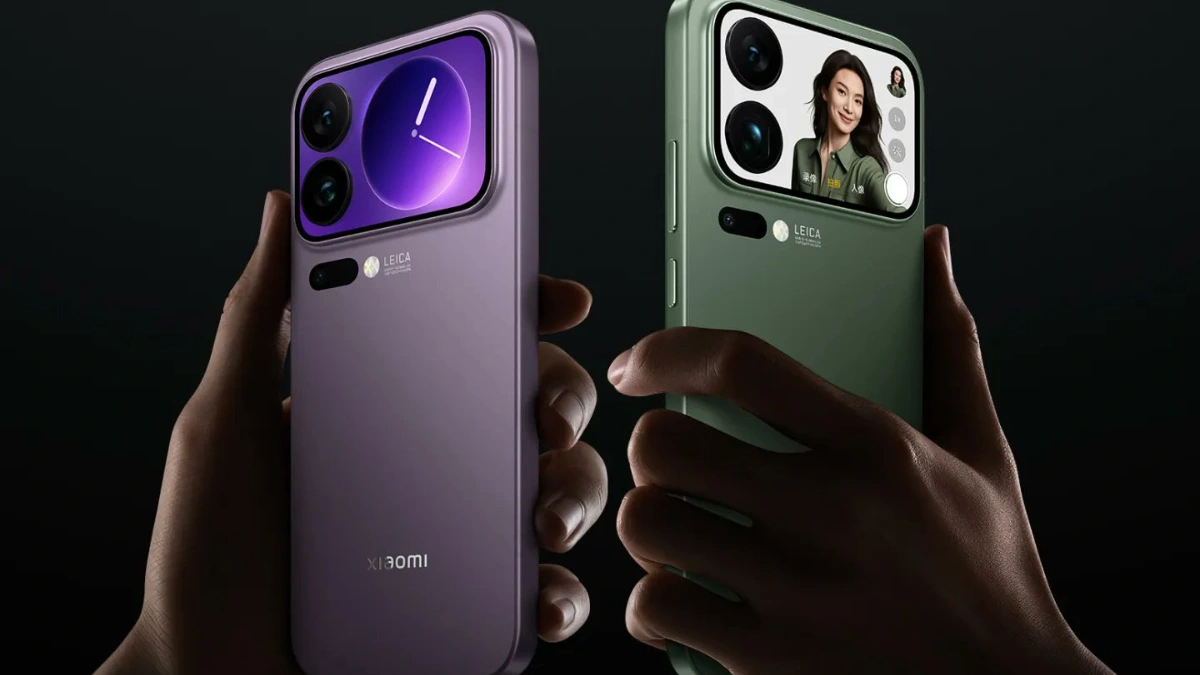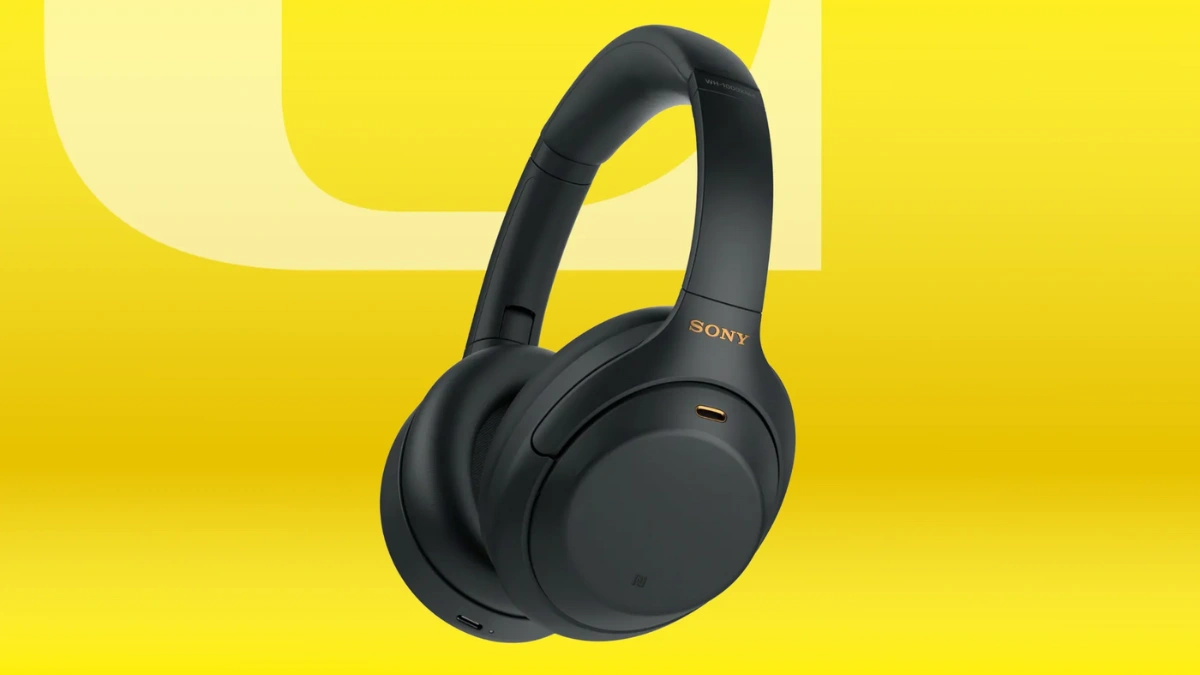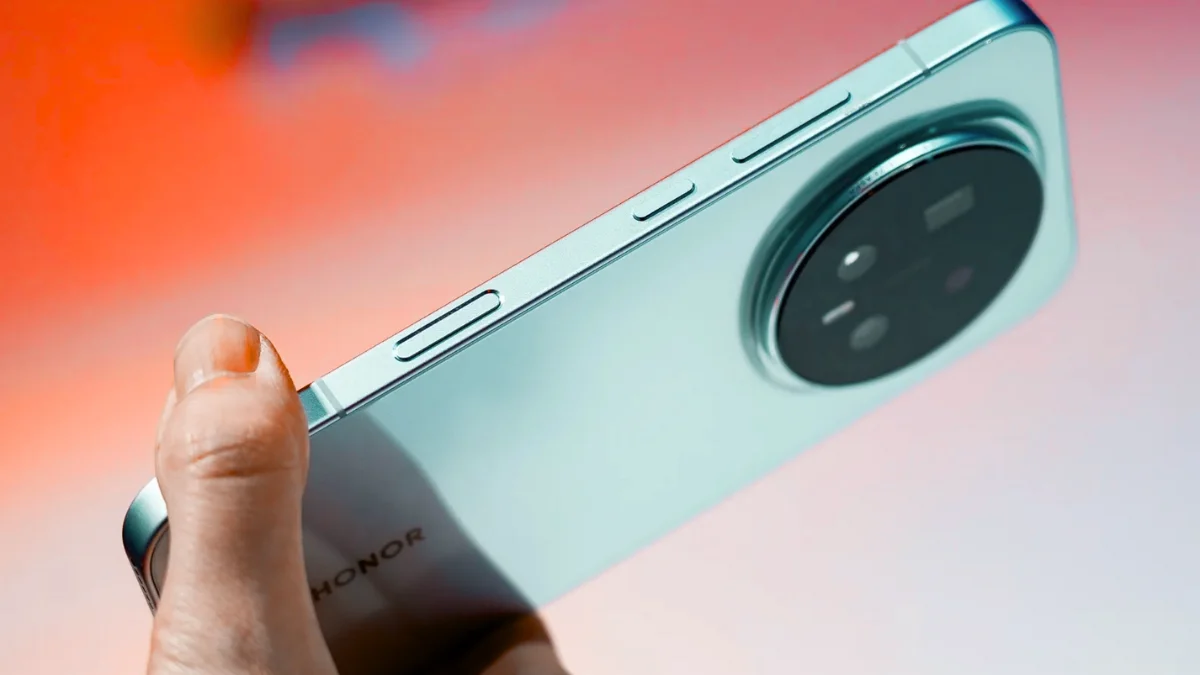Sony has officially announced its latest midrange smartphone, the Xperia 10 VII, and this time, the Japanese tech giant has gone for a bold new design approach. The phone is set to hit markets in the UK, Europe, and Asia but will skip a US release. What makes the Xperia 10 VII stand out is not only its updated design but also its combination of practical features, decent specifications, and that distinct Sony feel.
For years, Sony has stuck to a consistent design language across its Xperia lineup, particularly with its vertically stacked camera arrangement tucked into the corner of the rear panel. With the Xperia 10 VII, the company is finally breaking tradition. Instead of keeping things predictable, Sony has introduced a full-width horizontal camera bar — a style that has become synonymous with Google’s Pixel phones in recent years and is now even influencing Apple’s latest iPhone Air series. This move signals that Sony is ready to shake things up in a segment where it has often been seen as conservative.
A Camera Bar That Screams Pixel Influence
The standout feature of the Xperia 10 VII is its camera bar. Positioned horizontally across the back in a pill-shaped raised strip, the dual-camera system looks strikingly similar to what we’ve come to expect from the Google Pixel 6, 7, and 8 series. The resemblance is not accidental — Sony seems to be borrowing from design trends that have resonated with users globally.
The phone comes in a matte-finish plastic build, available in three simple yet stylish colors: black, white, and turquoise. This minimalist design helps the camera bar pop even more, giving the phone a unique identity compared to older Xperia models. Fans of the Pixel aesthetic may find this particularly appealing, while long-time Xperia users will notice just how different this looks from the tall and slim Xperia 5 or Xperia 10 VI.
Display and Design: Compact but Not Bezel-Free
Flip the phone to the front, and Sony’s design philosophy feels more familiar. The Xperia 10 VII maintains thicker bezels above and below the display, a choice that stands in contrast to today’s edge-to-edge, hole-punch camera designs. Sony justifies this by embedding front-facing stereo speakers into the bezel, ensuring a stronger audio experience than many competitors.
The phone features a 6.1-inch display with a 120Hz refresh rate. On paper, this places it close to competitors like the Samsung Galaxy A55 and Pixel 8a, both of which also offer fast-refresh OLED panels. Unlike its predecessors, the Xperia 10 VII no longer uses Sony’s signature 21:9 cinematic aspect ratio, instead adopting the more mainstream 19.5:9 format. This makes the phone feel less stretched and more traditional, aligning it more closely with the Pixel 8a and Galaxy S24.
Despite its chunky top and bottom bezels, the phone remains relatively compact and lightweight, making it one of the easier devices to hold in the midrange market.
Sony’s Signature Features Live On
While the redesigned back grabs all the attention, Sony hasn’t abandoned the unique touches that make Xperia phones appealing to a loyal fanbase. The 3.5mm headphone jack is still here, a rarity in modern smartphones, along with expandable microSD storage. Audiophiles and storage-heavy users will appreciate these inclusions, as even many premium flagships no longer offer them.
Read More: Best iPhone Air Preorder Deals in Australia: Outright and On-Plan Options
Additionally, the Xperia 10 VII is rated IP65/68 for dust and water resistance, providing better protection than most midrange rivals. The phone also includes a dedicated camera shutter button on the side — a nod to Sony’s heritage in photography, though less unique in today’s market than it once was.
Camera and Performance: Competent but Not Cutting-Edge
The Xperia 10 VII packs a 50-megapixel main camera paired with a 13-megapixel ultrawide lens. These numbers are in line with what you’d expect from a phone in the €400–€500 range. For example, the Pixel 8a also sports a dual-camera setup, while Samsung’s Galaxy A55 offers a slightly more versatile triple-lens system.
Powering the device is Qualcomm’s Snapdragon 6 Gen 3 chipset. It’s a capable processor designed for midrange phones but won’t match the raw performance of Snapdragon 8-series chips seen in flagships. That said, it should be more than adequate for everyday multitasking, streaming, and moderate gaming.
Battery life looks to be one of the Xperia 10 VII’s strongest selling points. The 5,000mAh cell promises up to two days of use, which puts it in the same league as the Moto G Stylus 5G (2024) and even some high-end devices like the OnePlus 12R. The catch is that charging is wired-only, with no wireless charging support.
Pricing and Availability
Sony has priced the Xperia 10 VII at €449 in Europe and £399 in the UK. That works out to roughly $530 USD, though the phone won’t be officially available in the US. Preorders have already opened in select regions, and shipping will begin on September 19, 2025.
This pricing places it directly against strong midrange rivals like the Google Pixel 8a, Samsung Galaxy A55, and Nothing Phone (2a). Each of these devices offers unique advantages — whether in software, camera performance, or design — so Sony’s bet on design innovation and practical extras like expandable storage may prove decisive for certain buyers.
Final Thoughts: A Fresh Start for Xperia?
The Sony Xperia 10 VII feels like a pivotal moment for Sony’s smartphone division. The company has been criticized in recent years for being too predictable with its Xperia lineup, often catering to a niche audience rather than competing directly with global heavyweights. This new design shift, led by the Pixel-style camera bar, may be Sony’s way of signaling renewed ambition in the midrange segment.
Read More: Apple iPhone 17 Series and iPhone Air Preorders Now Open
While the phone won’t break performance records, its combination of thoughtful extras, solid camera hardware, and eye-catching design could win over buyers who value practicality over pure specs. For those who have always admired Sony’s understated approach but wished for a fresher look, the Xperia 10 VII might be the perfect fit.
If this is the start of a broader design overhaul, it will be exciting to see how Sony adapts the concept for its next flagship — perhaps the Xperia 1 VI successor in 2026. For now, though, the Xperia 10 VII marks an important turning point: Sony is back in the midrange conversation, and it’s finally looking forward.





